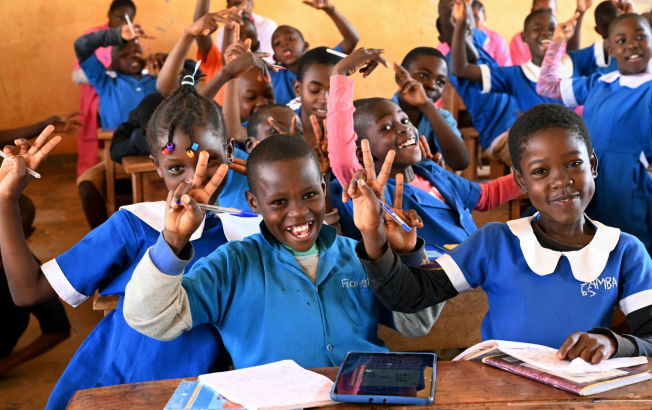rashemamelson.org – Togo’s education system has undergone significant transformations over the years, reflecting both progress and challenges in achieving educational equity and quality. This article explores the current state of education in Togo, highlighting key achievements and areas that require further attention.
Progress in Education
Togo has made notable strides in improving access to education, particularly in preschool and primary education. The coverage of preschool education has increased significantly, from 11.7% in the past to a more inclusive level today. This expansion is part of broader efforts to enhance educational access, which has also seen an increase in school enrollment rates.
The government’s commitment to education is evident in its national development roadmap, which prioritizes education as a critical component for national development. This has led to initiatives such as the construction of classrooms, which is expected to further boost enrollment and access to education.
Moreover, Togo has made significant progress in gender parity, with close to 95% of girls enrolled in primary school, indicating a strong push towards gender equality in education.
Challenges in Education
Despite these advancements, Togo’s education system faces several challenges that hinder its progress. One of the most significant issues is the low access and equity in education, particularly in deprived and rural areas. This disparity is exacerbated by the low secondary schooling completion rates, which are crucial for higher education and future employment opportunities.
Tertiary education in Togo remains largely inaccessible to the general population, particularly those in rural areas, and is predominantly available to the wealthy and influential. This limits the potential for social mobility and economic development.
Prospects for the Future
Looking ahead, Togo’s education system has the potential to make further strides with continued investment and policy reforms. The government’s initiatives, such as the construction of classrooms and the focus on gender parity, are positive steps that can lead to more inclusive education.
However, addressing the challenges of access and equity, particularly in rural areas, will require sustained efforts and innovative solutions. This includes improving the quality of education, ensuring that all children, regardless of their location, have access to quality education, and enhancing the transition rates from primary to secondary education.
Conclusion
Togo’s education system is at a crossroads, with significant progress made in expanding access and improving gender parity, yet facing substantial challenges in equity and quality, especially in rural areas. The future of education in Togo depends on the ability to address these challenges effectively, leveraging the existing momentum to create a more inclusive and equitable educational system.
